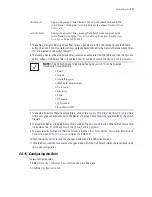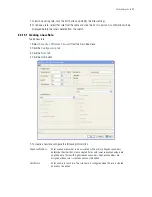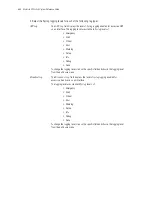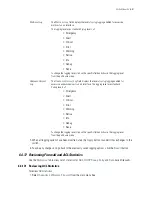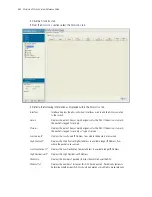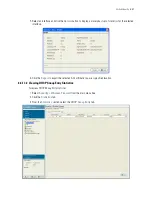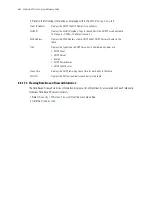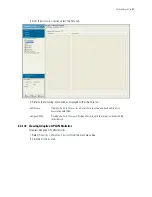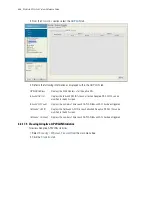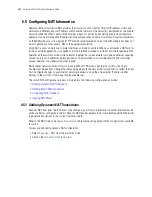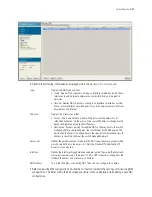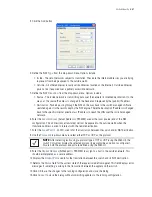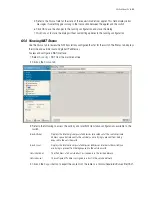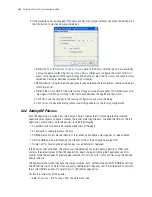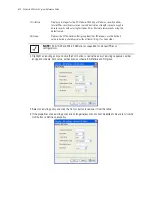
6-58
Motorola RF Switch System Reference Guide
6.5 Configuring NAT Information
Network Address Translation
NAT provides the translation of an
Internet Protoco
l (IP) address within one
network to a different, known IP address within another network. One network is designated as the private
network, while the other is public. NAT provides a layer of security by translating private (local) network
addresses to one or more public IP addresses. For example, when an administrator wants to allow individuals
on the WAN side access to a particular FTP or Web server located on one of the LAN subnets but does not
want to permit any other access, NAT is the appropriate solution.
Using NAT, a user can mark one or more interfaces as inside or outside. When a user creates a NAT rule for
inside or outside application, it is applied on all the interfaces marked as inside or outside respectively. NAT
operates on the switch to connect two networks together. An inside network is assigned addresses requiring
conversion into valid addresses before packets can be forwarded to an outside network. The translation
process operates in parallel with packet routing.
NAT enables network administrators to move a Web or FTP Server to another host without having to
troubleshoot broken links. Change the inbound mapping with the new inside local address to reflect the new
host. Configure changes to your internal network seemlessly since the only external IP address either
belongs to the switch or from a pool of global addresses.
The switch NAT configuration process is divided into the following configuration activities:
•
Defining Dynamic NAT Translations
•
Defining Static NAT Translations
•
Configuring NAT Interfaces
•
Viewing NAT Status
6.5.1 Defining Dynamic NAT Translations
Dynamic NAT translates the IP address of packets going out from one interface to another interface based
on the conditions configured in the list. Dynamic NAT requires packets to be switched through the NAT router
to generate translations in the switch translation table.
Refer to the NAT screen’s
Dynamic Translation
tab to view existing dynamic NAT configurations available
to switch.
To view and add/edit a dynamic NAT configuration:
1. Select
Security
>
NAT
from the main menu tree.
2. Click on the
Dynamic Translation
tab.
Summary of Contents for RFS Series
Page 1: ...M Motorola RFS Series Wireless LAN Switches WiNG System Reference Guide ...
Page 10: ...TOC 8 Motorola RF Switch System Reference Guide ...
Page 56: ...2 8 Motorola RF Switch System Reference ...
Page 334: ...5 52 Motorola RF Switch System Reference 2 Select the MU Status tab ...
Page 510: ...7 32 Motorola RF Switch System Reference Guide ...
Page 534: ...8 24 Motorola RF Switch System Reference Guide ...
Page 570: ...C 14 Motorola RF Switch System Reference Guide ...
Page 589: ......


